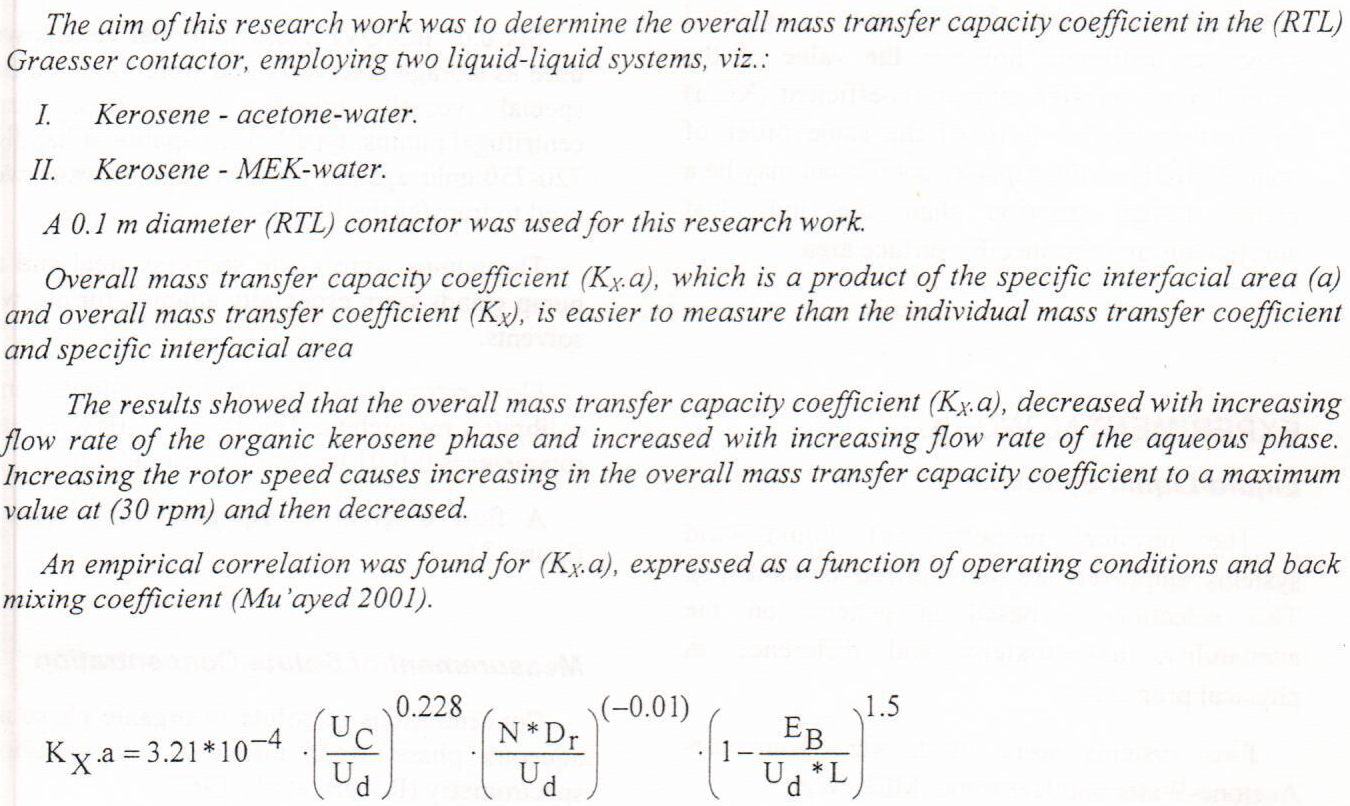
Oil recovery could be impacted by the relation between vertical permeability (Kv) and horizontal permeability (Kh) (Kv/Kh). 4816 plugs that have been getting hold of 18 wells of Mishrif formation in the West Qurna oilfield were used. Kv/Kh data provided some scatter, but the mean is ~1. Kv/Kh =1 was used for the Petrel model before upscaling according to the heterogeneity of each layer.
Kv/Kh values for Mishrif Formation in West Qurna Oilfield are 0.8 for relatively homogeneous, 0.4 for heterogeneous rock, and 0.1 for cap rocks (CRII).
Eclipse TM was used for reservoir simulation. PVT and SCAL data e
... Show More (12)
(12)
The paper exposes a discourse taxonomy of language clichéd units in English and Russian, and presents some definitions of what is a cliché as being a semioticform of perceiving language and discourse. Also, it deals with language clichés as being units of structure reflecting a scheme of stereotypical situations of dialogue, whether among individuals of one culture, or in relation to cross-cultural communication. The paper proposes a taxonomy of units in language clichés in English and Russian by tackling clichés of daily use, such as professional, cultural, artistic, and scientific clichés.
Аннотация
... Show More (21)
(21)
 (20)
(20)
Second language learner may commit many mistakes in the process of second language learning. Throughout the Error Analysis Theory, the present study discusses the problems faced by second language learners whose Kurdish is their native language. At the very stages of language learning, second language learners will recognize the errors committed, yet they would not identify the type, the stage and error type shift in the process of language learning. Depending on their educational background of English as basic module, English department students at the university stage would make phonological, morphological, syntactic, semantic and lexical as well as speech errors. The main cause behind such errors goes back to the cultural differences
... Show More (1)
(1)
 (8)
(8)
 (2)
(2)
Type 1 diabetes mellitus (T1DM) is an autoimmune disease frequently associated with autoimmune thyroid disease (AITD). The study is conducted at the Specialized Center for Endocrinology and Diabetes-Baghdad at Al-karkh side, during December 2013 up to April 2014. In this study, we investigate the prevalence of anti-thyroid peroxidase (anti-TPO) antibody in(80) type1 diabetic patients with (AITD) and (30) healthy controls .Blood samples are taken for investigation of thyroid tests by using Vitek Immunodiagnstic Assay System (VIDAS).Enzeme Linked Immunosorbent Assay (ELISA) is used to detect anti-thyroid antibody(anti-TPO). The results show that age, gender and BMI (body mass index) are similar in both groups, p>0.05. Among 80 type1 diabetic
... Show More (3)
(3)
 (27)
(27)
 (26)
(26)
 (63)
(63)
 (41)
(41)
 (11)
(11)
 (11)
(11)
